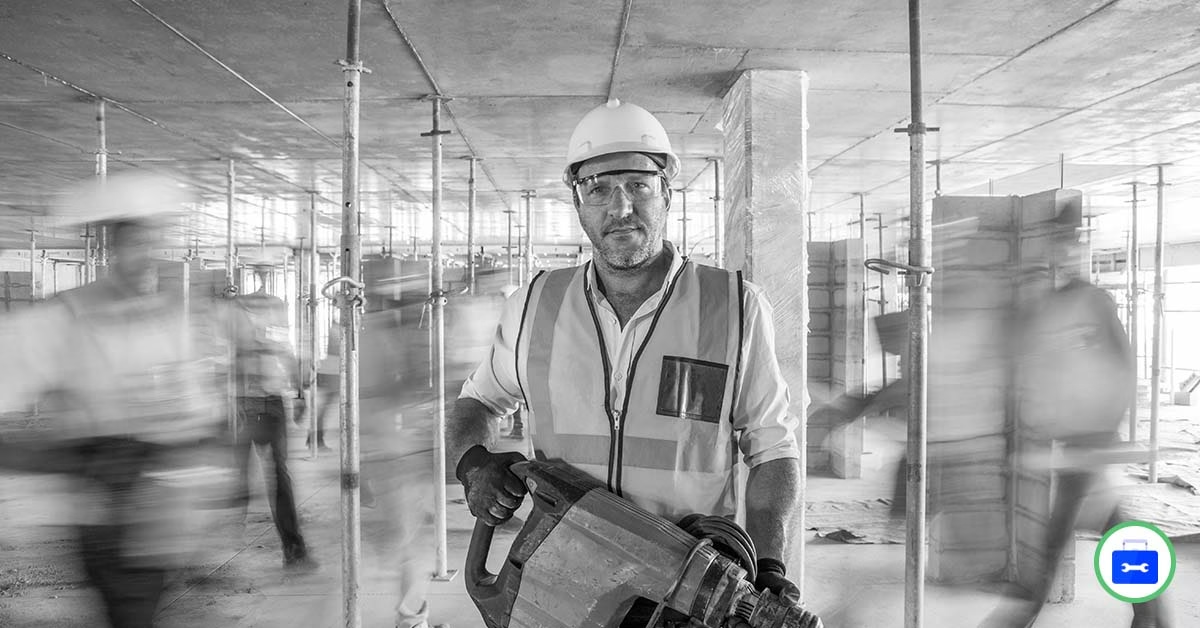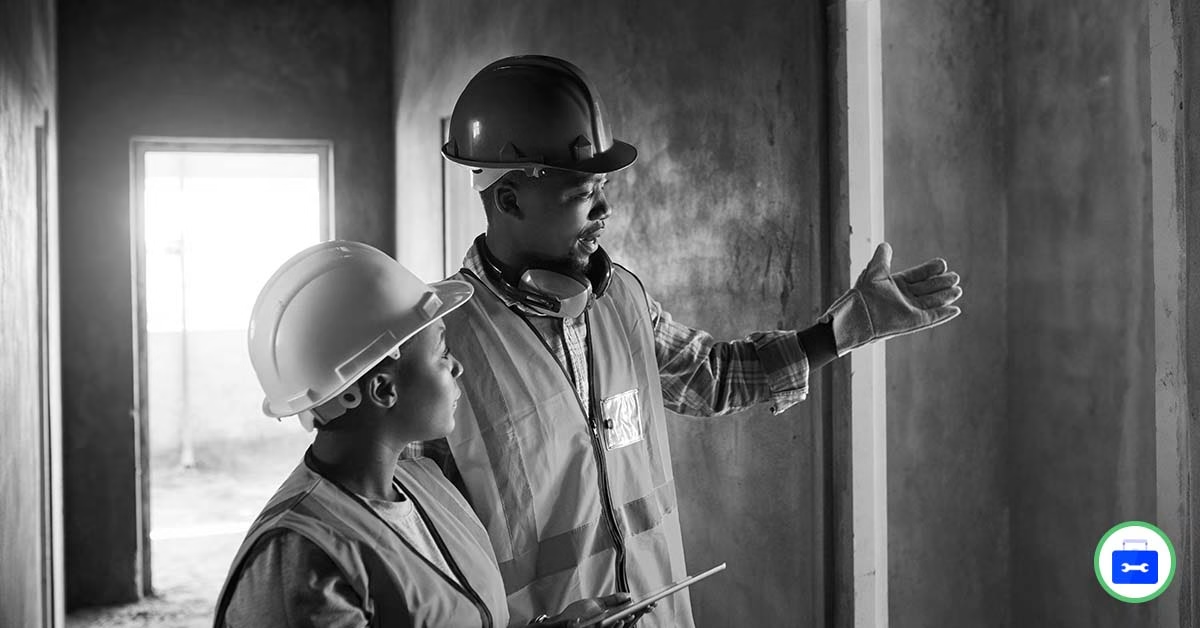Trade and support roles form the backbone of every construction project, but they also face…
Toolbox Talk – Mental Health on Construction Sites
Mental health isn’t just a personal issue, it affects safety, performance, and how well a team handles risk. Poor mental health raises the chance of mistakes, accidents, and unsafe behaviours. In construction, where the margin for error is small, this link becomes critical.
Many workers in construction report stress, anxiety, or depression, which can reduce focus, slow reactions, and increase risk. A recent report found that nearly half of construction workers surveyed had experienced depression, and that factors like unstable work, long hours, and lack of support are strongly tied to poor mental well-being.
Common Stressors That Increase Risk
- Unrealistic deadlines and workload — increasing pressure can push people to cut corners
- Long shifts, fatigue and disrupted rest — tiredness weakens judgment
- Job insecurity and financial instability — stress from outside the site influences concentration
- Poor communication and conflict — confusion or tension can lead to unsafe acts
- Physical strain or injury — dealing with pain or restricted movement impacts mood and coping
- Stigma & lack of mental health support — people hide their struggles instead of getting help
South African studies highlight that long hours, working at night, excessive workloads, and job insecurity are among the most common stressors reported by construction workers.
Recognising Warning Signs (Risk Signals)
These signs may indicate mental health strain, which can translate into risk in a high-stakes environment like construction:
- Difficulty concentrating, memory lapses
- Uncharacteristic mood changes (irritable, withdrawn)
- Decline in quality of work, missing small details
- Increased safety incidents, near-misses
- Sleep disturbance, fatigue, unexplained ailments
- Mentioning hopelessness, feeling overwhelmed
If these appear, take them seriously — they can be early indicators of rising risk to both person and project.
What We Can Do to Mitigate Mental Health Related Risk
- Build a culture that talks safety and well-being
Encourage open conversations about mental health in safety meetings and toolbox talks.
Lead by example — supervisors and site leaders should openly show they support mental health dialogue. - Foster peer support & check-ins
Encourage team members to ask one another: “How are you holding up?”
Small gestures can reduce isolation and catch early warning signs. - Provide access to mental health resources
Ensure that counselling, Employee Assistance Programmes, or wellness services are available and clearly communicated.
Offer regular wellness visits or drop-in sessions on-site. - Train in mental health awareness
Offer workshops like stress management, mental health first aid, or suicide awareness.
Equip crew and supervisors to spot risk and respond appropriately. - Implement supportive policies
Allow mental health leave days, flexible scheduling where possible, and clear protocols around harassment and bullying.
Encourage rest, breaks, and ensure people don’t overextend themselves. - Monitor & evaluate risk and well-being
Conduct anonymous surveys or feedback sessions about mental health support on-site.
Track safety metrics (near-misses, incidents) alongside well-being indicators — this helps show the link between mental health and risk.
Download the full Toolbox Talk document on Mental Health on Construction Sites below:



